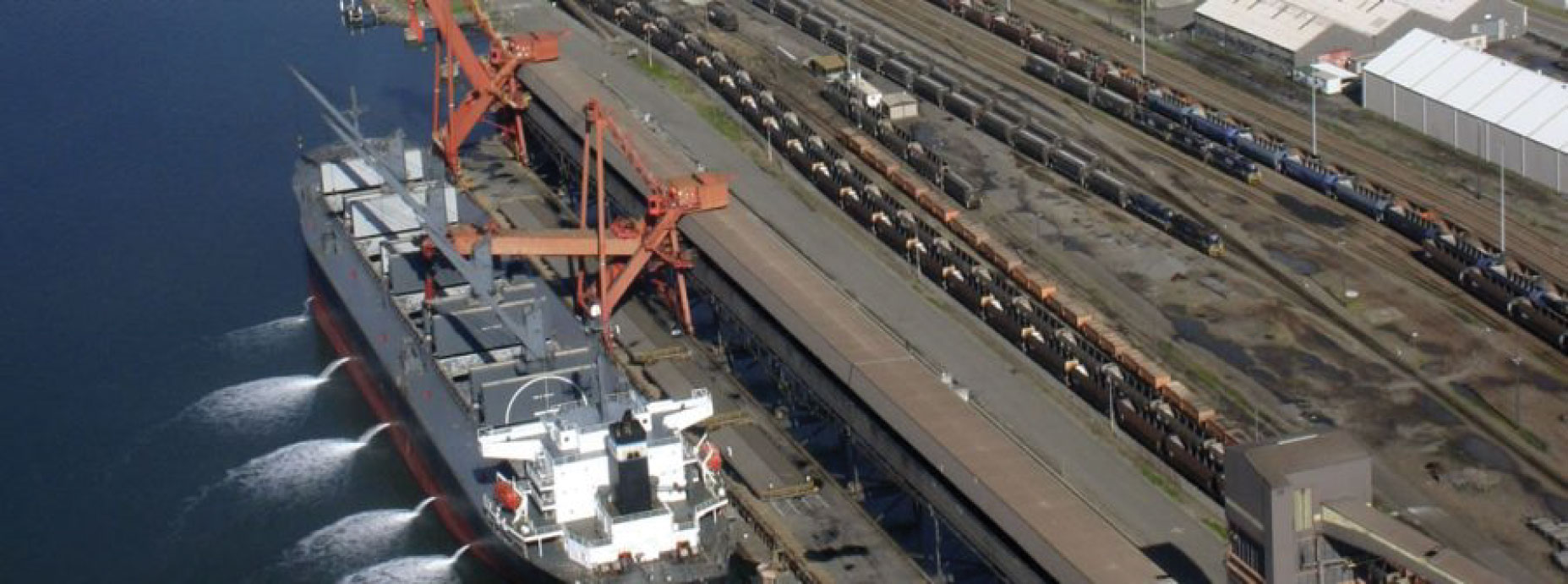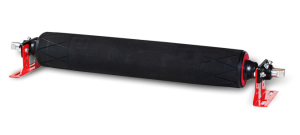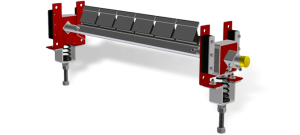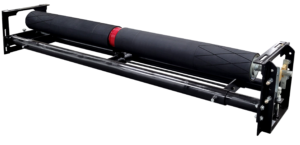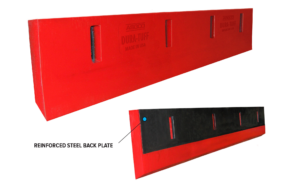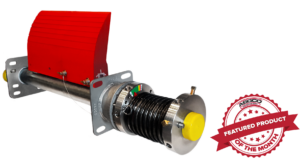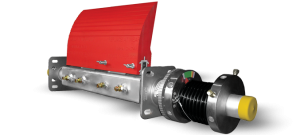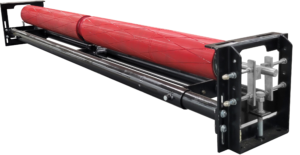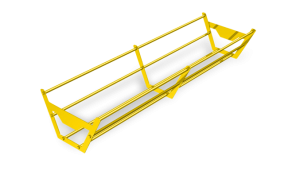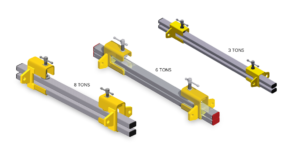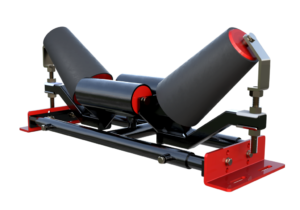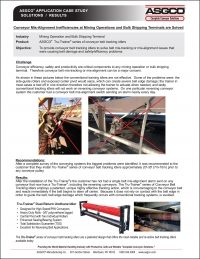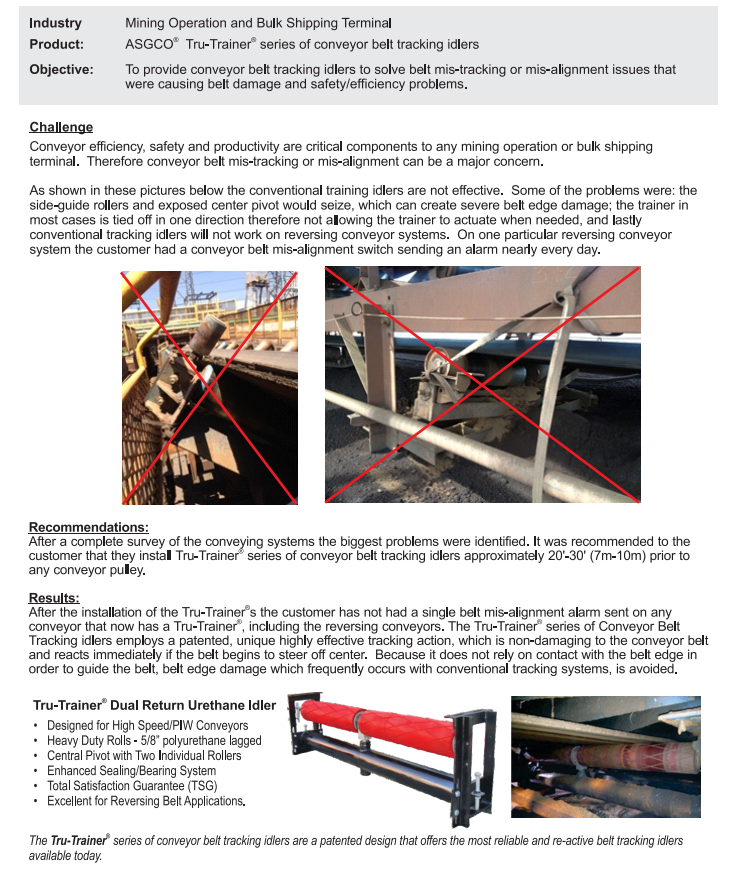Conveyor efficiency, safety and productivity are critical components to any mining operation or bulk shipping terminal. Therefore conveyor belt mis-tracking or mis-alignment can be a major concern.
Download PDFBULK SHIPPING INFORMATION
Bulk shipping is the activity of moving goods in large quantities from one place to another, especially materials such as coal or grain.
A bulk carrier, bulk freighter, or bulker is a merchant ship specially designed to transport unpackaged bulk cargo, such as grains, coal, ore, and cement in its cargo holds.
What Is Dry Bulk Shipping?
Dry bulk refers to dry, granular cargo such as bauxite, coal, wheat and soybeans; commodities which are shipped around the world in the hulls of large dry bulk ships. In a normal environment, producers produce and consumers consume a relatively stable, slowly growing, amount of dry bulk goods every year. As world demand for dry bulk goods increases, the dry bulk fleet can slowly increase to match the demand-the two year time frame to build a ship isn’t an obstacle for a slowly changing demand for dry bulk ships.
Bulk Shippers/Carriers
A bulk carrier, bulk freighter, or bulker is a merchant ship specially designed to transport unpackaged bulk cargo, such as grains, coal, ore, and cement in its cargo holds. Since the first specialized bulk carrier was built in 1852, economic forces have fuelled the development of these ships, causing them to grow in size and sophistication. Today’s bulkers are specially designed to maximize capacity, safety, efficiency, and durability.
Dry bulk shippers are vessel operators that deal primarily in shipping “dry” commodities across the world. The primary cargo of these operators includes iron ore, coal, and grain, which are shipped on vessels of various sizes ranging from Handysize to Capesize, capable of transporting 10,000-400,000 deadweight tons (DWT).
Companies operating in the dry-bulk shippers sub-industry either own or lease a fleet of vessels that are loaded with cargo to be delivered across the globe. Major commodity exporters include Australia, Brazil, and the US for coal, iron ore, and grain respectively. On the other hand, major importers typically tend to be the emerging markets, specifically China. These operators transport almost everything ranging from dry bulk to liquid/dirty cargo such as crude.
Today, bulkers make up 15% – 17% of the world’s merchant fleets and range in size from single-hold mini-bulkers to mammoth ore ships able to carry 400,000 metric tons of deadweight (DWT). A number of specialized designs exist: some can unload their own cargo, some depend on port facilities for unloading, and some even package the cargo as it is loaded. Over half of all bulkers have Greek, Japanese, or Chinese owners and more than a quarter are registered in Panama. South Korea is the largest single builder of bulkers, and 82% of these ships were built in Asia.
A bulk carrier’s crew participates in the loading and unloading of cargo, navigating the ship, and keeping its machinery and equipment properly maintained. Loading and unloading the cargo is difficult, dangerous, and can take up to 120 hours on larger ships. Crews can range in size from three people on the smallest ships to over 30 on the largest.
Bulk cargo can be very dense, corrosive, or abrasive. This can present safety problems: cargo shifting, spontaneous combustion, and cargo saturation can threaten a ship. The use of ships that are old and have corrosion problems has been linked to a spate of bulker sinkings in the 1990s, as have the bulker’s large hatchways, important for efficient cargo handling. New international regulations have since been introduced to improve ship design and inspection, and to streamline the process of abandoning ship.
Loading and Unloading
Loading and unloading a bulker is time-consuming and dangerous. The process is planned by the ship’s chief mate under the direct and continued supervision of ship’s captain. International regulations require that the captain and terminal master agree on a detailed plan before operations begin. Deck officers and stevedores oversee the operations. Occasionally loading errors are made that cause a ship to capsize or break in half at the pier.
The loading method used depends on both the cargo and the equipment available on the ship and on the dock. In the least advanced ports, cargo can be loaded with shovels or bags poured from the hatch cover. This system is being replaced with faster, less labor-intensive methods. Double-articulation cranes, which can load at a rate of 1,000 tons per hour, represent a widely used method, and the use of shore-based gantry cranes, reaching 2,000 tons per hour, is growing. A crane’s discharge rate is limited by the bucket’s capacity (from 6 to 40 tons) and by the speed at which the crane can take a load, deposit it at the terminal, and to return to take the next. For modern gantry cranes, the total time of the grab-deposit-return cycle is about 50 seconds.
Conveyor belts offer a very efficient method of loading, with standard loading rates varying between 100 and 700 tons per hour, although the most advanced ports can offer rates of 16,000 tons per hour. Start-up and shutdown procedures with conveyor belts, though, are complicated and require time to carry out. Self-discharging ships use conveyor belts with load rates of around 1,000 tons per hour.
Once the cargo is discharged, the crew begins to clean the holds. This is particularly important if the next cargo is of a different type. The immense size of cargo holds and the tendency of cargoes to be physically irritating add to the difficulty of cleaning the holds. When the holds are clean, the process of loading begins.
It is crucial to keep the cargo level during loading in order to maintain stability. As the hold is filled, machines such as excavators and bulldozers are often used to keep the cargo in check. Leveling is particularly important when the hold is only partly full, since cargo is more likely to shift. Extra precautions are taken, such as adding longitudinal divisions and securing wood atop the cargo. If a hold is full, a technique called tomming is used, which involves digging out a 6 feet (2 m) hole below the hatch cover and filling it with bagged cargo or weights.
Products in Industry
Solutions Case Studies
Conveyor Mis-Alignment Inefficiencies at Mining Operations and Bulk Shipping Terminals are Solved
Conveyor efficiency, safety and productivity are critical components to any mining operation or bulk shipping terminal. Therefore conveyor belt mis-tracking or mis-alignment can be a major concern. (more…)
Read More
